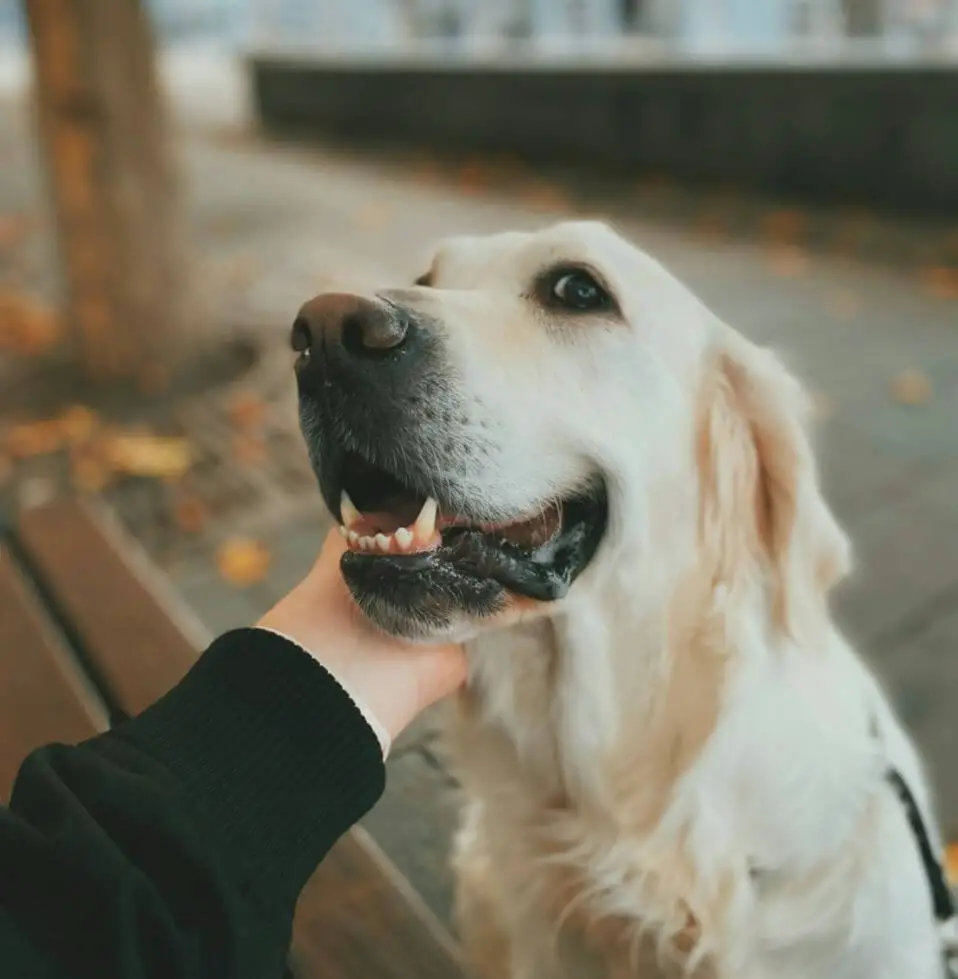The question of whether dogs experience ticklishness akin to humans is one that often piques the curiosity of pet owners. While the answer isn’t as straightforward as a simple yes or no, understanding how dogs respond to touch can shed light on this intriguing aspect of canine behavior.

Reasons why dogs might seem ticklish:
- Sensitive Areas: Dogs, like humans, have specific areas of their bodies that are more sensitive to touch due to a higher concentration of nerve endings. These areas commonly include the belly, paws, ears, and neck. When gently scratched or rubbed, these spots can elicit involuntary muscle twitches or leg kicks, resembling the reactions humans associate with being ticklish.
- Playful Behavior: In response to gentle touching of these sensitive areas, some dogs exhibit playful behavior such as rolling over, wriggling, or making playful vocalizations. While this behavior might appear similar to human laughter or enjoyment, it’s important to recognize that dogs lack the complex cognitive processes necessary for experiencing humor in the same way humans do.
However, it’s important to understand the limitations:
- Different from Human Experience: While dogs may display behaviors that resemble ticklishness, their responses are primarily reflexive reactions to sensory stimulation rather than expressions of amusement or enjoyment. Dogs lack the cognitive sophistication to comprehend humor or laughter in the way humans do.
- Individual Variations: Just as humans vary in their sensitivity to touch, so too do dogs. Not all dogs will respond to gentle touching in the same way, and some may not exhibit any noticeable reactions at all. Additionally, negative experiences associated with certain areas of the body, such as rough handling or discomfort during grooming, can make dogs averse to being touched in those areas.
While dogs may not experience ticklishness in the same manner as humans, they may display reflexive responses to gentle touch in specific sensitive areas. Understanding your individual dog’s preferences and body language is essential for fostering a positive and comfortable relationship.
It’s crucial to observe your dog’s cues during interactions and respect their boundaries. If your dog appears uncomfortable or stressed during petting or touching, it’s best to stop and reassess your approach. Focus on positive reinforcement and reward your dog for displaying relaxed and happy behavior during handling sessions.
By being attentive to your dog’s needs and preferences, you can ensure that your interactions are enjoyable and enriching for both you and your furry friend.
